-
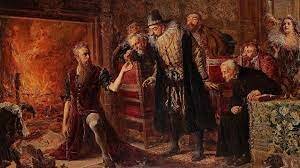 Turned simple metals into silver and gold. They believed substances, mind, philosophies, religion, magic, and astrology were all related
Turned simple metals into silver and gold. They believed substances, mind, philosophies, religion, magic, and astrology were all related -
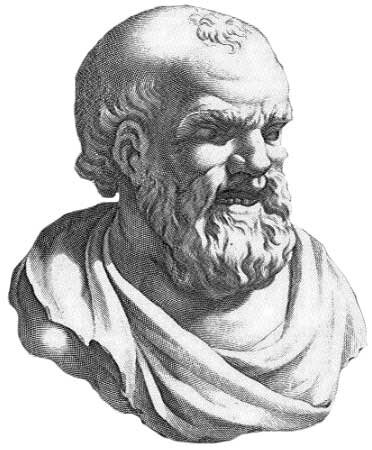 First to believe atoms were uniform. solid, hard, incompressible, and indestructible. He was also known as the "Laughing philosopher" since he was cheerful at work
First to believe atoms were uniform. solid, hard, incompressible, and indestructible. He was also known as the "Laughing philosopher" since he was cheerful at work -
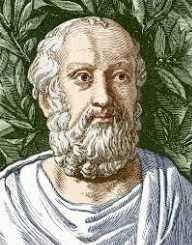 he believed atoms broke down mathematically and set up the theory for Aristotle. He founded and taught at his school.
he believed atoms broke down mathematically and set up the theory for Aristotle. He founded and taught at his school. -
 Proposed that elements are made of corpuscles of different chemical substances. He also created the idea of elements
Proposed that elements are made of corpuscles of different chemical substances. He also created the idea of elements -
 Created the atomic model, and found total mass equals reactants in chemical reactions. He was eventually elected to French Academy of Science
Created the atomic model, and found total mass equals reactants in chemical reactions. He was eventually elected to French Academy of Science -
 First scientist to explain behavior of atoms in terms of weight. He started teaching when he was 12.
First scientist to explain behavior of atoms in terms of weight. He started teaching when he was 12. -
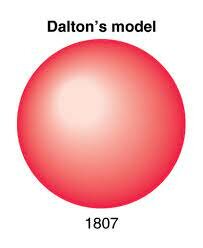 Dalton came up with this model since he believed atoms were the smallest particle
Dalton came up with this model since he believed atoms were the smallest particle -
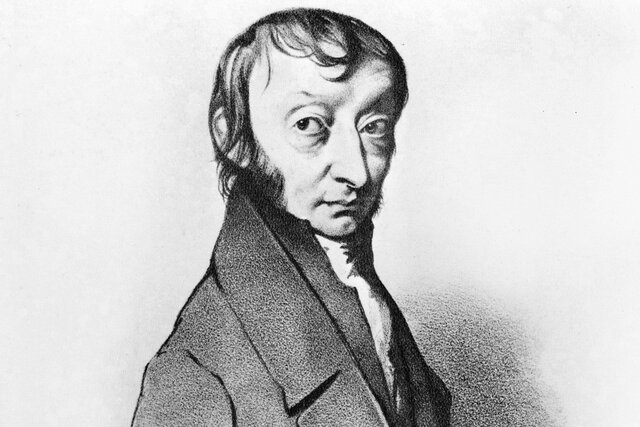 Discovered that equal volume and temperature equals the number of molecules, and that gasses are made of 2 atoms. He was the first to find the existence of molecules in the form of elements
Discovered that equal volume and temperature equals the number of molecules, and that gasses are made of 2 atoms. He was the first to find the existence of molecules in the form of elements -
 Russian chemist who properly set up the current periodic table. He graduated with a gold medal from the Main Pedagogical Institute in Saint Petersburg
Russian chemist who properly set up the current periodic table. He graduated with a gold medal from the Main Pedagogical Institute in Saint Petersburg -
 Physic from New Zealand who found radioactivity rose formation in gasses. And is known as father of nuclear physics.
Physic from New Zealand who found radioactivity rose formation in gasses. And is known as father of nuclear physics. -
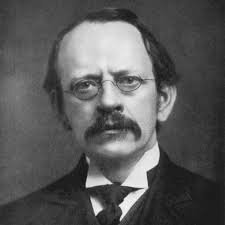 Physic who discovered electrons in atoms. He concluded all matter was made up of "tiny corpuscles" now known as electrons.
Physic who discovered electrons in atoms. He concluded all matter was made up of "tiny corpuscles" now known as electrons. -
 Also known as the Bohr-model, named after the creator, Neil Bohr. The solar system model consists of a small nucleus surrounded by electrons.
Also known as the Bohr-model, named after the creator, Neil Bohr. The solar system model consists of a small nucleus surrounded by electrons. -
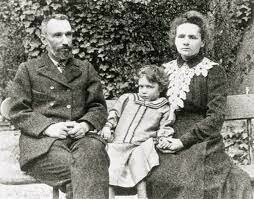 French scientists who discovered radioactivity and its elements. They won the Nobel prize in 1903 and 1911.
French scientists who discovered radioactivity and its elements. They won the Nobel prize in 1903 and 1911. -
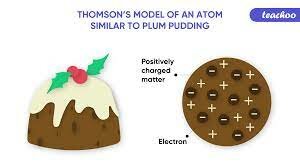 Proposed by J.J Thompson and tries to explain electrons, and atoms with no charge.
Proposed by J.J Thompson and tries to explain electrons, and atoms with no charge. -
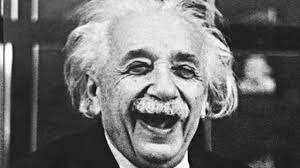 Mathematically proved existence of atoms, and won the Nobel prize in 1921
Mathematically proved existence of atoms, and won the Nobel prize in 1921 -
 Determined the magnitude of the electrons charged. And won the Nobel prize in 1923
Determined the magnitude of the electrons charged. And won the Nobel prize in 1923 -
 Created the theory of placement of the electron, and won a Nobel prize the same time as Einstein
Created the theory of placement of the electron, and won a Nobel prize the same time as Einstein -
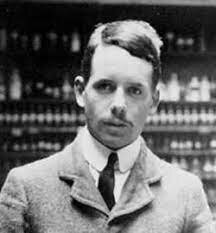 Showed the x-rays created by atoms, he created the chemical concept of the atomic number
Showed the x-rays created by atoms, he created the chemical concept of the atomic number -
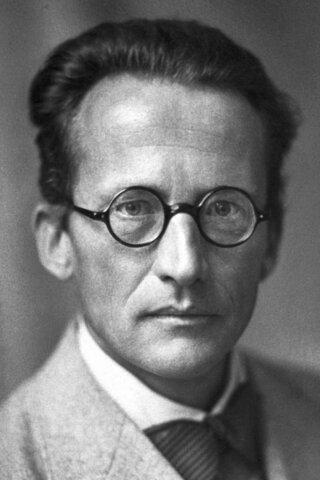 Wrote the first mathematical equation to calculate energy levels of electrons in atoms. And was awarded the Nobel prize in 1933 for his discovery.
Wrote the first mathematical equation to calculate energy levels of electrons in atoms. And was awarded the Nobel prize in 1933 for his discovery. -
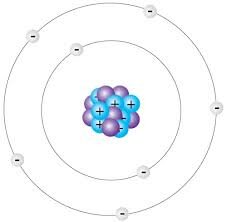 Model of atom that includes nucleus and electrons, this was made by Erwin Schrodinger
Model of atom that includes nucleus and electrons, this was made by Erwin Schrodinger -
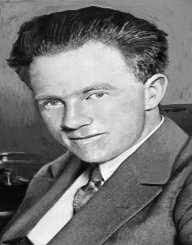 Formulated quantum mechanics in terms of matrices and terms. He discovered the "Uncertainty" principle. Which is particles position an momentum cannot be known exactly.
Formulated quantum mechanics in terms of matrices and terms. He discovered the "Uncertainty" principle. Which is particles position an momentum cannot be known exactly. -
 Discovered the Neutron Particle with no electrical charge. And won the Nobel prize in 1935
Discovered the Neutron Particle with no electrical charge. And won the Nobel prize in 1935
